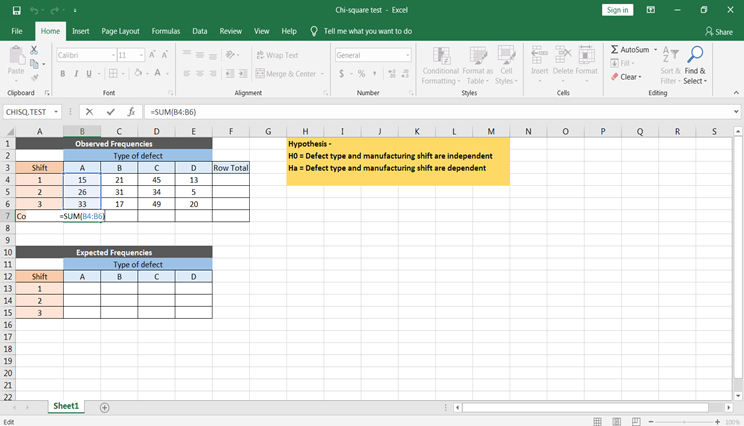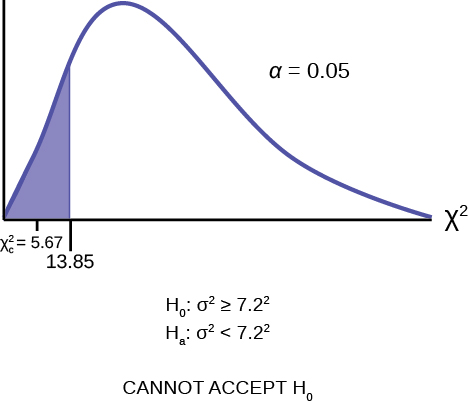

In this case there will be a single qualitative survey question or a single outcome of an experiment from a single population.

Type I error occurs when we reject a true null hypothesis, and the Type II error occurs when we fail to reject a false null hypothesis In a hypothesis tests there are two types of errors.The p-value is the probability of obtaining sample results as extreme or more extreme than the sample results obtained, under the assumption that the null hypothesis is true.The main principle of hypothesis testing is that the null hypothesis is rejected if the test statistic obtained is sufficiently unlikely under the assumption that the null hypothesis.Depending on our knowledge about the “no effect” situation, the Chi-Square test can be two-tailed, left-tailed or right-tailed.The Chi-Square distribution is one of the most important distributions in statistics, together with the normal distribution and the F-distribution.The distribution of the test statistic is the Chi-Square distribution, with n-1 degrees of freedom.The main properties of a one sample Chi-Square test for one population variance are:

The null hypothesis is a statement about the population variance which represents the assumption of no effect, and the alternative hypothesis is the complementary hypothesis to the null hypothesis. The test, as every other well formed hypothesis test, has two non-overlaping hypotheses, the null and the alternative hypothesis. More about the Chi-Square test for one variance so you can better understand the results provided by this solver: A Chi-Square test for one population variance is a hypothesis that attempts to make a claim about the population variance (\(\sigma^2\)) based on sample information.


 0 kommentar(er)
0 kommentar(er)
